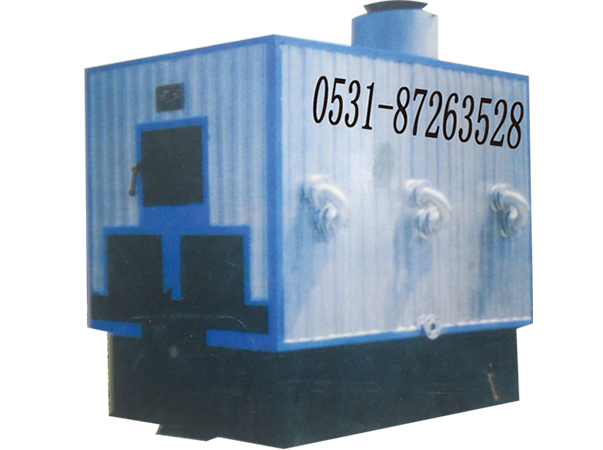燃气锅炉的改造技术不断创新发展,其中一个比较典型的改造方式是烟气冷凝,即烟气余热回收。在传统的燃煤锅炉时代,因生成烟气中含水蒸气少,且烟气中酸性物质的露点约 130℃,为了防止锅炉尾部腐蚀,排烟温度一般需要设计在 150℃ 以上,烟气冷凝技术未受到重视。
The energy-saving transformation technology of gas-fired boiler is developing continuously. One of the typical energy-saving transformation methods is flue gas condensation, namely flue gas waste heat recovery. In the era of traditional coal-fired boiler, due to less water vapor in the generated flue gas, and the dew point of acid substances in the flue gas is about 130 ℃, in order to prevent the boiler tail corrosion, the exhaust gas temperature generally needs to be designed above 150 ℃, so the flue gas condensation technology has not been paid attention to.
当锅炉燃料改为以甲烷气为主的天然气时,燃料中硫化物含量极低,氢元素比例增高,燃烧产物中水蒸气含量大幅升高,当水蒸气温度降到露点温度以下时,水蒸气凝结成液态水,放出大量汽化潜热。因此,燃气锅炉排烟温度降到足够低,大量烟气中水蒸气的汽化潜热放出并被合理收集再利用时,锅炉效率会得到大大提高。
When the boiler fuel is changed to methane based natural gas, the sulfide content in the fuel is very low, the proportion of hydrogen element increases, and the water vapor content in the combustion product increases greatly. When the water vapor temperature drops below the dew point temperature, the water vapor condenses into liquid water, releasing a large amount of latent heat of vaporization. Therefore, when the exhaust gas temperature of the gas-fired boiler is low enough, the latent heat of vaporization of water vapor in a large amount of flue gas is released and reasonably collected for reuse, the boiler efficiency will be greatly improved.

根据高位发热量和低位发热量的定义,两者的差值即为烟气中水蒸汽全部凝结成水所放出的汽化潜热。因现行标准下的锅炉热工效率测试中,是以燃料的低位发热量进行计算的,因此,经常会出现排烟温度低的燃气冷凝锅炉热工效率超过 100%的情况,其原因就是在使用低位发热量计算热工效率时,忽略了 燃料燃烧后水蒸气中汽化潜热的利用。
According to the definition of high calorific value and low calorific value, the difference between them is the latent heat of vaporization released by the condensation of water vapor into water in flue gas. Because the boiler thermal efficiency test under the current standard is based on the low calorific value of the fuel, the thermal efficiency of the gas-fired condensing boiler with low exhaust temperature often exceeds 100%. The reason is that the use of the low calorific value to calculate the thermal efficiency ignores the use of the latent heat of vaporization in the steam after fuel combustion.
烟气成分分析计算
Analysis and calculation of flue gas composition
烟气成分是天然气锅炉完全燃烧后的产物,实际锅炉运行中,为了保证燃料完全燃烧,实际空气量是多于燃烧所需的理论空气量的,他们之间的比值被称为过量空气系数,通过对近几年锅炉热工测试结果的统计,锅炉过量空气系数通常在 1. 2 左右。从表 1 的天然气成分可知,燃料完全燃烧后烟气中主要成分为二氧化碳、过量空气、燃料中剩余氮气和水,我们将其分为干烟气( 二氧化碳、氮气、过量空气) 和水蒸气两部分。
Flue gas composition is the product of natural gas boiler after complete combustion. In actual boiler operation, in order to ensure complete combustion of fuel, the actual amount of air is more than the theoretical amount of air required for combustion. The ratio between them is called excess air coefficient. Through the statistics of boiler thermal test results in recent years, the excess air coefficient of boiler is usually about 1.2. According to the composition of natural gas in Table 1, the main components of flue gas after complete combustion of fuel are carbon dioxide, excess air, residual nitrogen and water in the fuel, which are divided into dry flue gas (carbon dioxide, nitrogen, excess air) and water vapor.
Today's wonderful content is provided by Shandong Gas Boiler Co., Ltd. We sincerely provide you with satisfactory service. If you have any questions or questions, please call us or enter our website: http://www.jnlzsb.com
